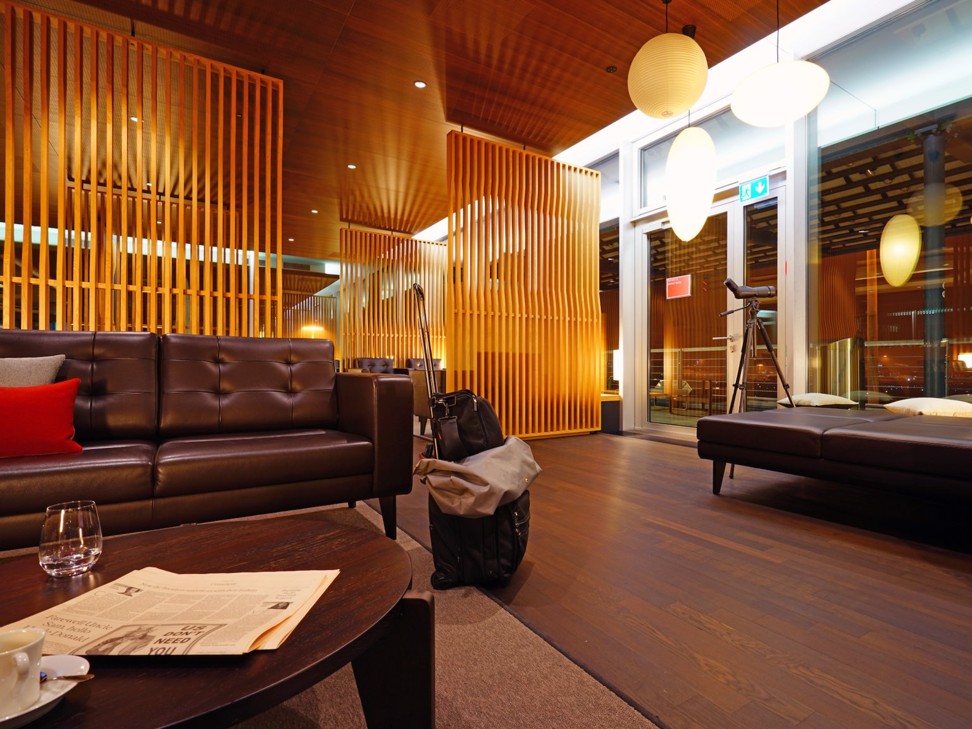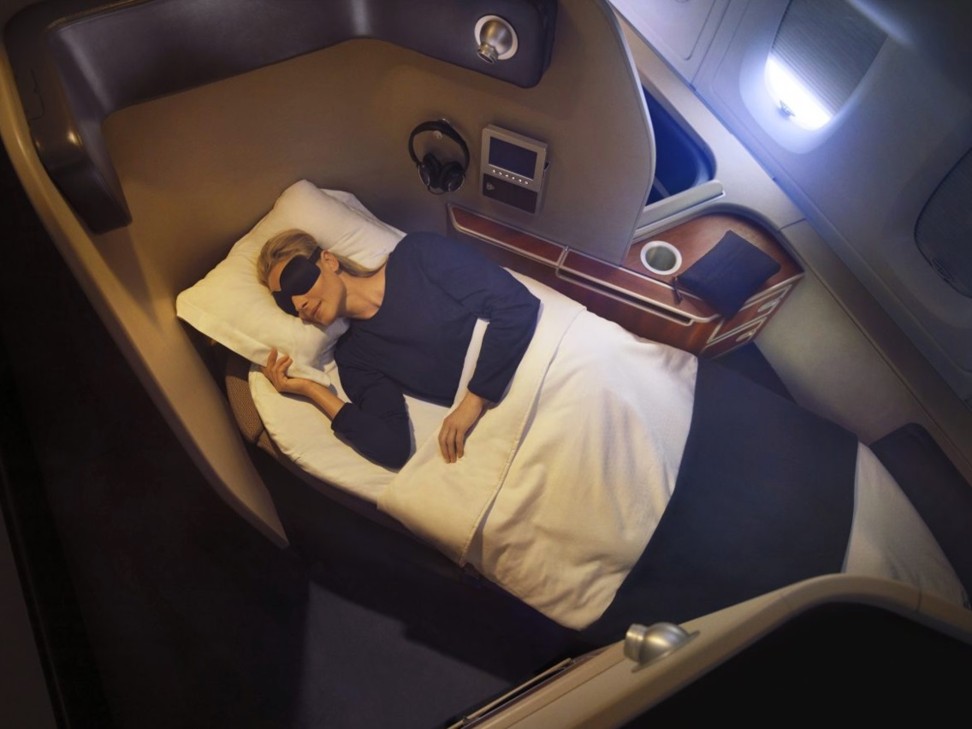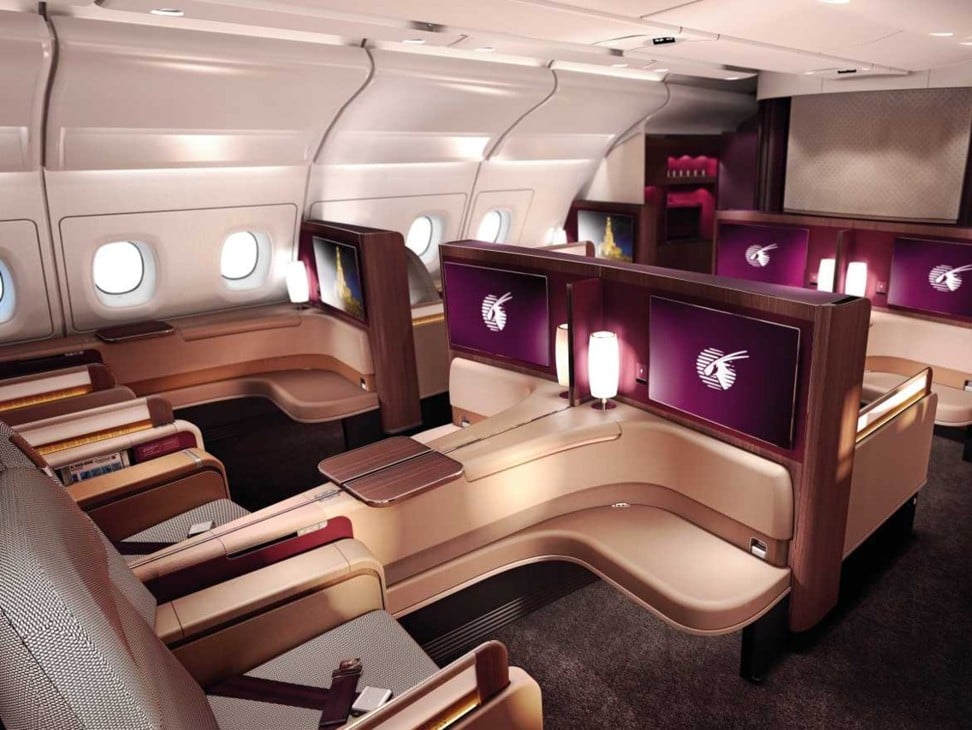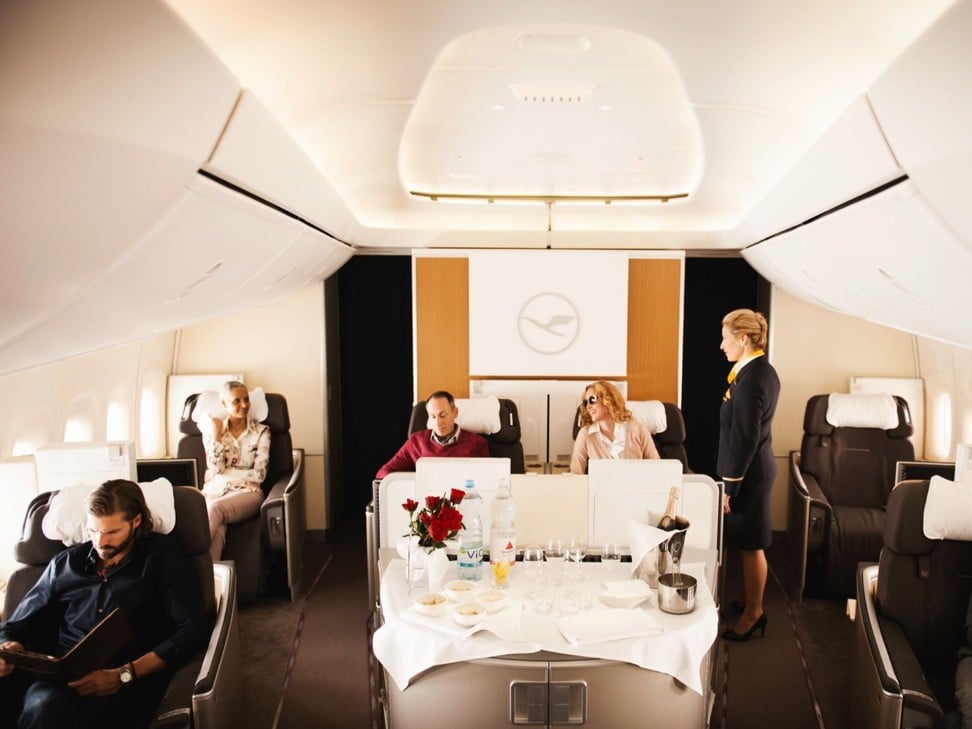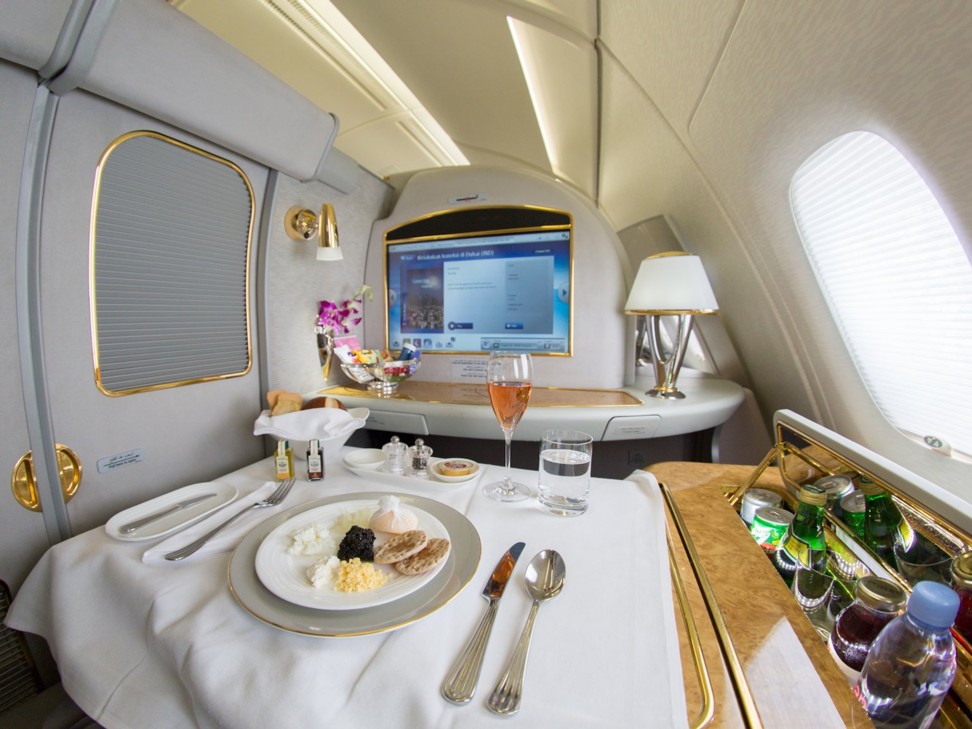Want to travel first class? Here are 8 reasons why flying in it is so costly

First class has come a long way since the days when extra leg room was considered luxurious.
From offering meals by Michelin-starred chefs to in-flight showers, today's first-class experience offers much more than it used to. One could call it a first-class hotel in the sky.
All that glamour comes at a steep cost – as much as a 70 per cent increase in fares compared to economy, possibly even more if you are flying internationally.
An American Airlines economy flight from John F. Kennedy Airport in New York City to Heathrow Airport in London in July is US$915. If you are flying first class on the same airline, that increases to US$5,407.
Unless you are savvy with your airline miles and points, this price tag renders first class an unattainable dream for many passengers.
As someone who hates being crammed like a sardine in a can for eight-plus hours but is far from able to afford the ultimate upgrade – and has yet to master the art of nabbing a plane’s prime real estate for next to nothing – I can’t help but question why first class has to be so out of reach.
Here are eight reasons why first class is so expensive.
1) First class offers coveted perks and pampering
One of the biggest appeals of first class is also why it’s so expensive: the perks.
Airlines have notoriously bad food. It’s a different story in first class, where menus of fine dining quality and dishes created by Michelin-starred chefs are often available – think Mahimahi with lemon herb sauce, grilled asparagus, and jasmine rice. Some airlines are even said to serve Ben & Jerry’s ice cream sundaes.
Rumour has it that American Airlines saved an estimated US$40,000 by removing one olive in each salad served in first class.
And once passengers are fuelled up on quality food, they are able to slip into a food coma with a flat bed, bedding and turn-down service. If that is not enough to sleep, airlines also provide pyjamas and eye masks.
Other possible perks include a private TV screen; in-flight Wi-fi; goodies, from expensive gift bags to knitted socks; and showers. The Emirates A380 has two shower spas, complete with heated floors.
2. First class provides exclusive access in the airport
Special treatment isn’t confined to the aeroplane.
If that is not enough, some airlines shuttle passengers to their connecting flight in a Porsche or Mercedes.
3. First class banks on passengers’ willingness to pay
“At a certain level of wealth, price doesn't make much difference,” writes one Quora user who has flown in first class.
“Because I only travel like that a few times per year, and because US$2,000 and US$8,000 are both so close to zero as to be effectively the same, I choose to travel in first,” wrote the Quora user. “It changes the trip from something to dread into something to look forward to. I earn around US$20,000 per week, so ya gotta put it in perspective.”
As travel blogger Ben Schlappig writes in his blog, One Mile At a Time, “The cost of airfare is incredibly dynamic and is all about what consumers are willing to pay, rather than how much they should pay to cover their ‘fair share’.”
Some are willing to pay a premium for the convenience of first class. A family with a toddler or a businessman who can get work done on the plane and land ready for a meeting are both better off leaving the plane refreshed and less stressed with minimal jet lag.
4. First-class prices allow airlines to discount tickets and offer promotions
A major airline executive told Schlappig that airlines don’t expect anyone to pay full fare for first class; the fare is purposely set high so it can be discounted.
“Corporate contracts and incentives are at the heart of high first-class pricing,” Schlappig writes. “Some companies have big contracts that get them upgrades or discounted first-class fares, and that can still be very lucrative for airlines.”
More airlines are beginning to extend the discounts beyond the corporate setting, he added. Swiss and Air France recently offered discounts to passengers willing to pay for first class if the deal was reasonable enough. The latter offered a round-trip first-class flight between London and Hong Kong via Paris for US$4,600 – much lower than US$20,000 first-class fares elsewhere.
Some airlines also have promotions that offer free upgrades to first class when paying for a full-fare business-class ticket.
5. People aren’t actually paying for first class
Because larger companies have contracts or negotiated fares for first-class employee travel, many people aren’t paying for their tickets, whether they are an employee or being sponsored.
“At my last job, VPs and above were authorised to fly first class on international routes,"” writes a United million mile flier who used frequent flier miles to buy a first-class ticket to Melbourne, Australia – yet another way people don’t actually pay for first class.
“I can’t speak on behalf of all airlines, but I’ve had a few friends at some airlines show me numbers, and you’d be surprised by how few people are actually booked on full-fare tickets [or maybe you wouldn’t be surprised],” Schlappig writes. “So those US$25,000 tickets? Very, very few people are actually paying those kinds of fares.”
6. First class is perceived as a luxury good.
First class creates a sense of exclusivity and high prices are necessary to maintain luxurious standards.
“When someone does sit in first class, they feel like they’re getting outsize value, whether in the form of an upgrade, award, or discounted first-class ticket,” Schlappig writes.
7. Other associated costs have increased for first class
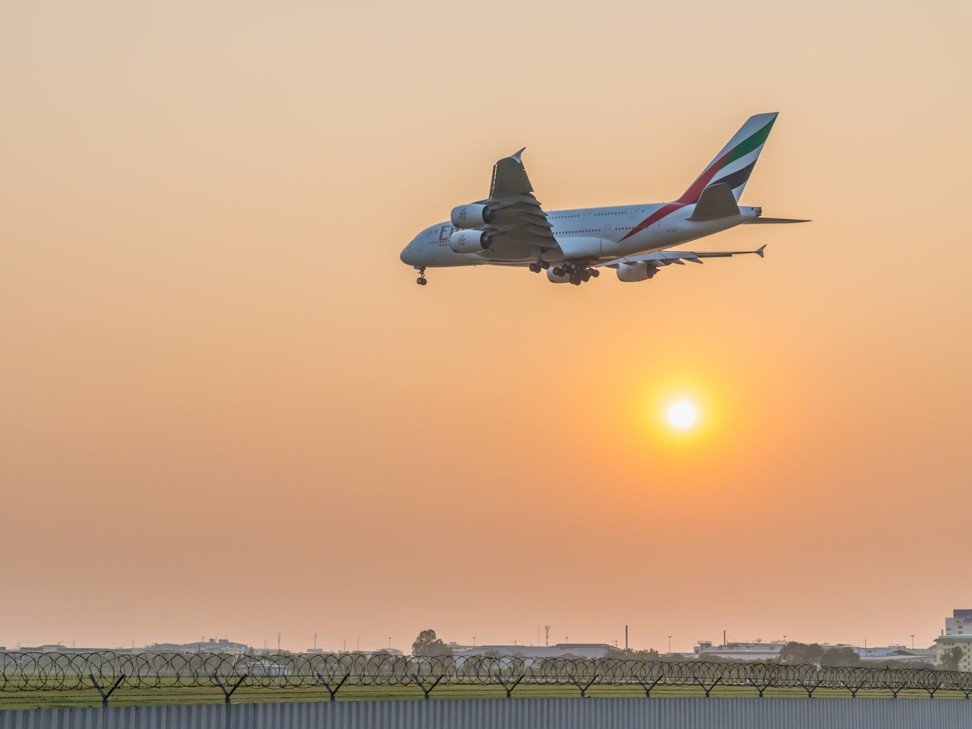
Ticket prices today for first class and economy are higher than they were 20 years ago because other associated costs have increased.
In 1996, airline fuel cost 55 US cents per gallon. As of April 2018, it cost US$2.02 per gallon.
“Airlines can’t absorb all of that increase, so they pass some of that on to the consumer, leading to higher fares,” writes travel blogger Nomadic Matt, who added that airline taxes and security fees have also increased, hiking up the base fare.
8. First class takes up a lot of real estate
Seats are up to 32 inches wide with a maximum pitch of 92 inches in first class, according to travel site Momondo. This gives the passenger more privacy and comfort.
As one Quora user explains: On long-haul planes, a first-class seat takes up as much real estate as four to six economy seats, so it should be sold at least four to six times the price or more, considering the competition for economy. The perks are there to help justify the price difference to the customer.
That is not to mention first-class suites – yes, they exist.
Etihad’s A380 has the option of three different first-class suites, including a three-room suite with a living room, double-bed bedroom, and private bathroom with a shower. It’s all yours for a US $32,000 one-way ticket between New York and Abu Dhabi, reports Momondo.
The location of first class is also the most convenient for boarding and deplaning.
Want more stories like this? Sign up here. Follow STYLE on Facebook, Instagram and Twitter
This article originally appeared on Business Insider.

Savvy approach with airline miles and points can make first class an attainable dream

